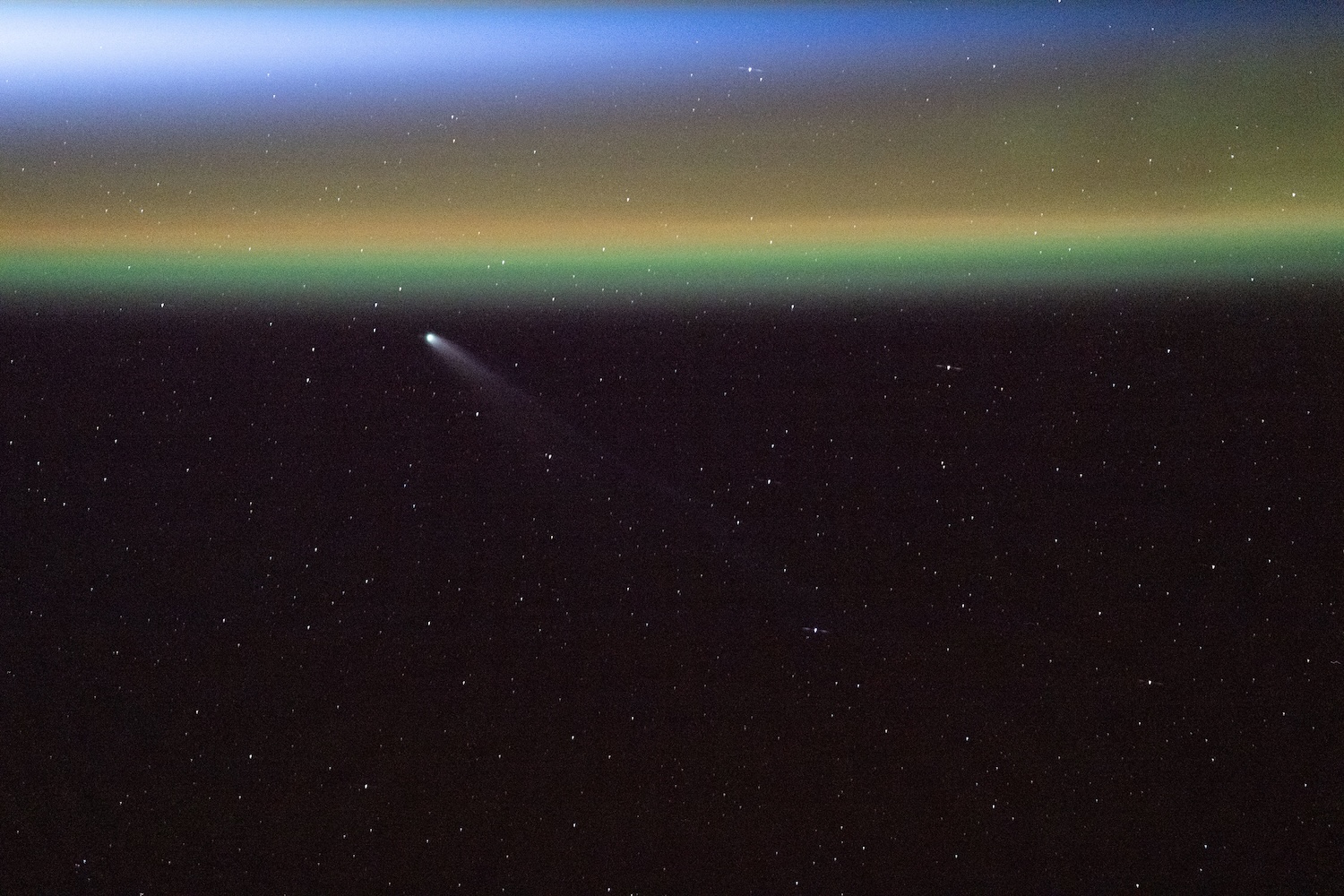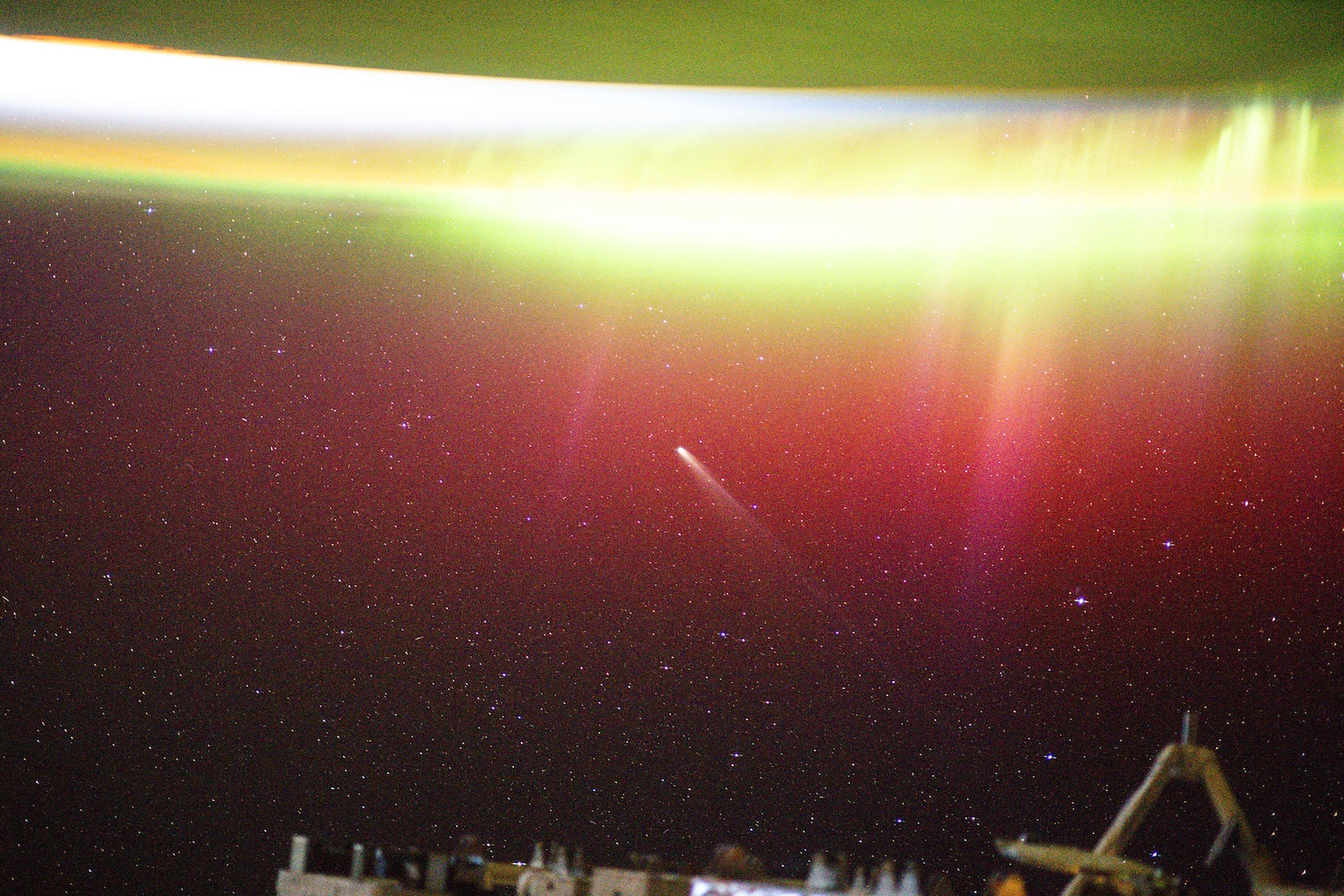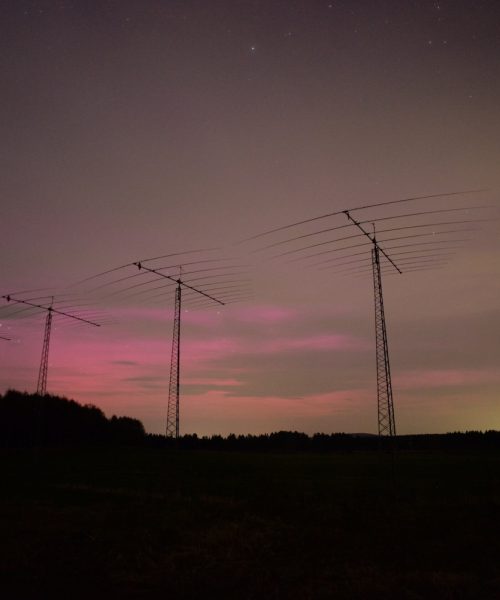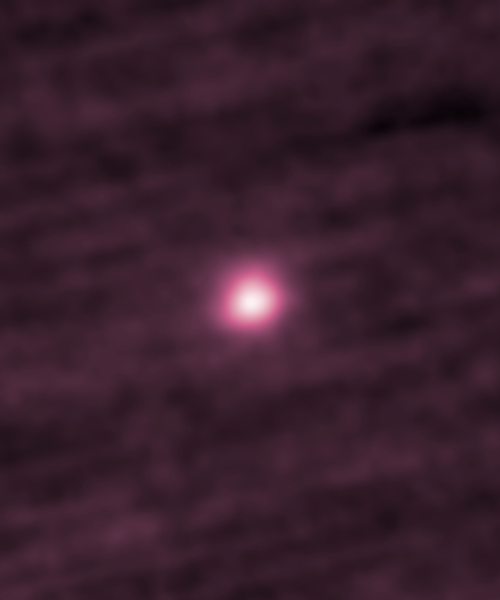The interstellar comet 3I/ATLAS has captured the imaginations of both amateur and professional skygazers, but it’s not the only icy space rock to recently speed past Earth. In October, a pair of comets known as Lemmon and SWAN also left trails of dust and gas as they continued along their vast orbits through the solar system. As luck had it, their timing perfectly aligned with a wave of vibrant auroras generated by one of this year’s largest solar eruptions. And judging from NASA’s recently released photos, few people had a better vantage point than the astronauts aboard the International Space Station.

Both comets are comparatively recent discoveries. Lemmon was first confirmed by the Mount Lemmon Survey in January, while SWAN was only spotted by Vladimir Bezugly in September. Based on current data, Lemmon is one of the many icy rocks to originate in the Oort Cloud that surrounds the sun at a distance of 0.03 to 3.2 light-years away. SWAN likely came from somewhere even more distant.


However, as stunning as the ISS images are, they’re also some of the last anyone will see for quite some time. Lemmon isn’t expected to return until around the year 3175, while SWAN isn’t due back for another 22,554 years.






